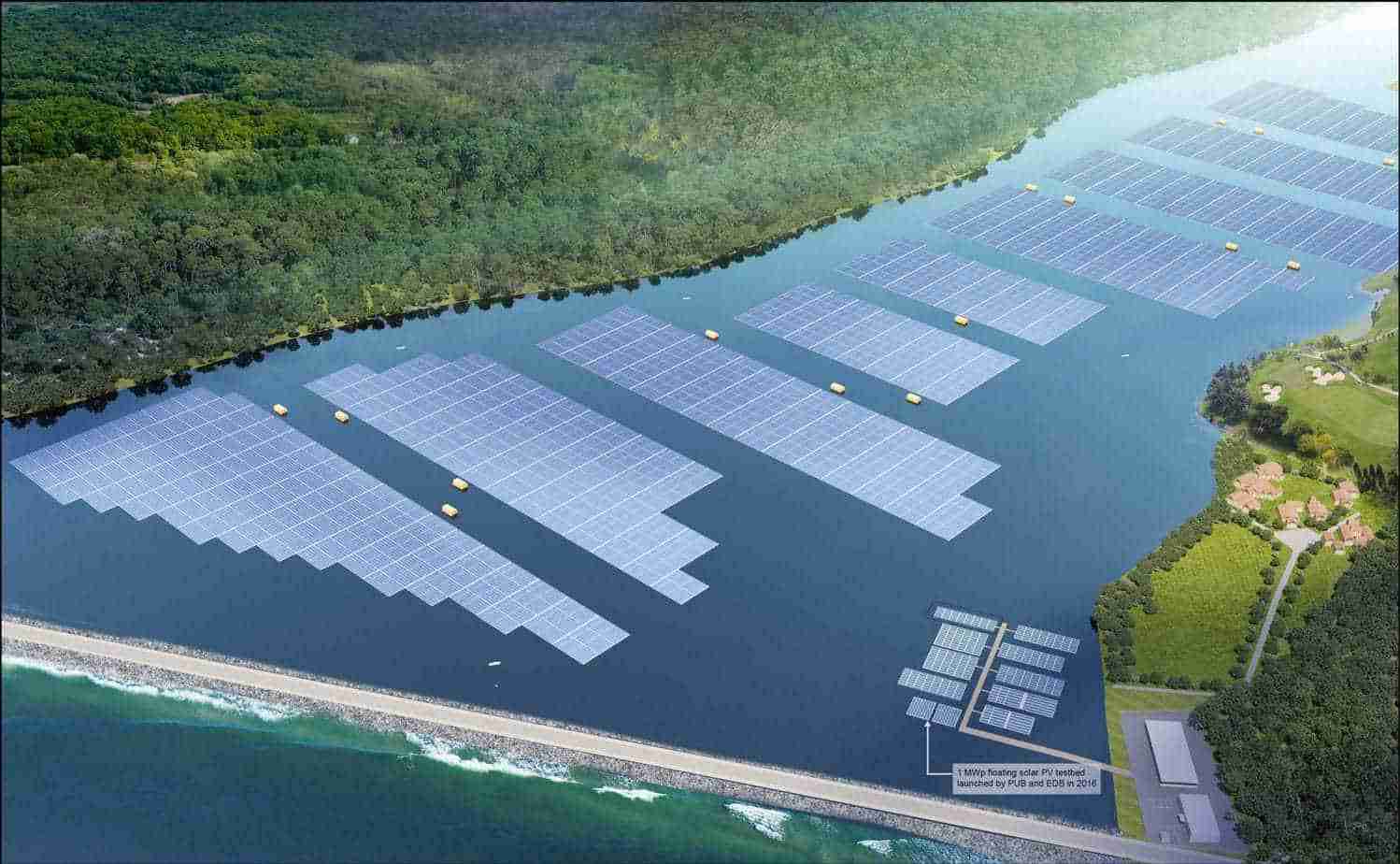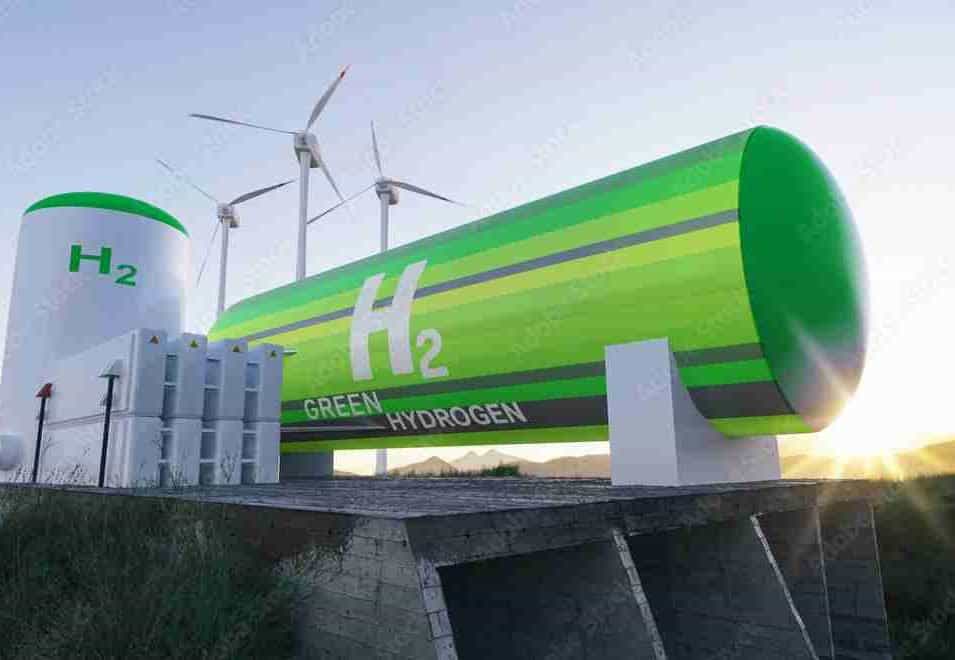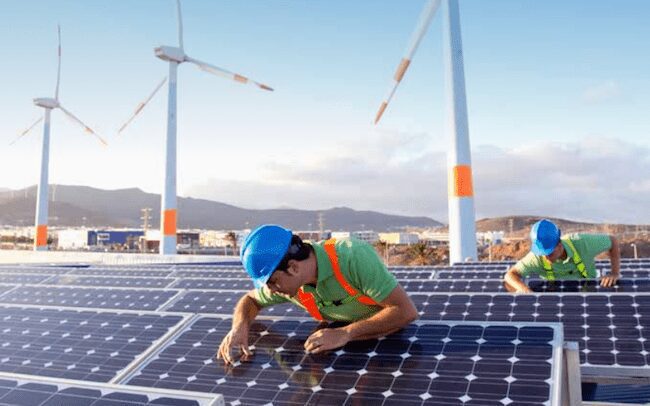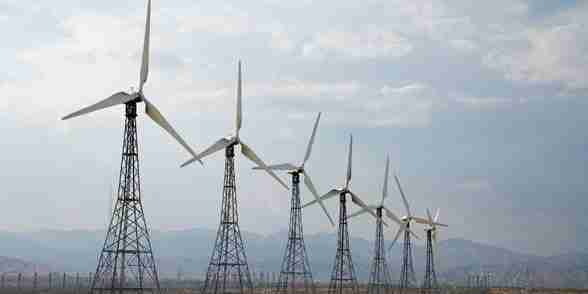Harnessing the Sun’s Power: The Rise of Floating Solar Farms
As an island nation with limited land resources, Singapore has leveraged its innovative spirit towards expanding floating solar farms. The recently commissioned 60MWp Tengah Floating Solar Farm not only marks a significant leap in renewable energy but also underscores Singapore’s commitment to sustainability. This floating marvel, covering 45 hectares of Tengah Reservoir, epitomizes the city-state’s strategic move towards energy autonomy.
Strategic Moves in Land-Scarce Singapore
Singapore’s reliance on imported freshwater has historically shaped its strategy to maximize self-sufficiency. With its reservoirs now spanning approximately 30 square kilometers—about 4% of its total land area—these crucial water sources are transforming into hubs for floating solar farms. By converting a third of these reservoir areas into floating solar farms, Singapore aims to boost its solar capacity by 500 to 600MWp.
The strategic deployment of floating solar farms across reservoirs such as Poyan, Murai, Sarimbun, Kranji, Upper Pierce, Upper Seletar, and Pandan minimizes land use while maximizing solar exposure, underpinning the city’s innovative energy solutions.
Solar Capacity Goals and the Green Plan 2030
Facing the climate crisis, Singapore’s ambitious Singapore Green Plan 2030 outlines a sustainable development trajectory, targeting an increase in solar capacity to 1,500 MWp by 2025 and 2,000 MWp by 2030. Achieving these goals requires substantial expansion in both rooftop and floating solar farm infrastructures.
Floating solar farms, exemplified by the Tengah Solar Farm, are key to these plans, boasting rapid commissioning times—often within six months—even amidst global challenges such as the COVID-19 pandemic.
A Closer Look at Singapore’s Power Grid and Solar’s Role
Despite its modest size, Singapore’s power grid, predominantly fueled by natural gas, has a robust capacity of 9.9 GW. The integration of solar power from floating solar farms introduces a dynamic component to the grid, counterbalancing solar’s intermittent nature with the flexibility and minimal seasonal variations in power demand.
Economic and Environmental Implications
The strategic shift towards floating solar farms is not merely a technological enhancement but also a pivotal economic strategy. By diminishing reliance on imported natural gas and maximizing its renewable resources, Singapore enhances its energy security and economic independence. Furthermore, the environmental benefits of floating solar farms, such as reduced carbon footprints and global warming mitigation, align with global sustainability objectives.
The Future Landscape: Challenges and Opportunities
Incorporating floating solar farms into Singapore’s energy mix offers numerous opportunities yet presents challenges such as the unpredictability of solar irradiation. Addressing these challenges may involve exploring innovations like battery storage technologies, although current costs favor continued reliance on natural gas for grid stability.
Conclusion: A Balanced Energy Future
As Singapore pushes the boundaries of its geographical and climatic limitations, natural gas remains significant. However, the advancements in solar technology, particularly floating solar farms, herald a new era of renewable energy. The path towards a sustainable, balanced energy future is intricate, but each floating solar farm installed brings Singapore closer to realizing its green ambitions.







